- Have any questions?
- +86-189 8930 5995
- sales@mosinterchem.com.cn
1,4-Dichlorobenzene CAS 106-46-7

12-HYDROXYSTEARIC ACID CAS 106-14-9
18/12/2018
Resorcinol CAS 108-46-3
19/12/2018| Model: | MOS 106-46-7 |
| Brand Name: | MOSINTER |
| CAS No.: | 106-46-7 |
| Melting point: | 52-54 °C(lit.) |
| Boiling point: | 174 °C |
| Density: | 1.241 g/mL at 25 °C(lit.) |
| Vapour pressure: | 1.03 mm Hg ( 25 °C) |
| Vapor density: | 5.07 (vs air) |
| Refractive index: | 1.5434 |
| Flashing point: | 150 °F |
| Storage condition: | 0-6°C |
| Soluble: | insoluble |
| Stability: | Stable. Combustible. Incompatible with strong oxidizing agents, aluminium and its alloys, some plastics. |
1,4-Dichlorobenzene (CAS: 106-46-7)
| Item | Index |
| Appearance | White flaky or particle crystal |
| Schistose % ≥ | 99.0 |
| Chlorobenzene % ≤ | 0.40 |
| 1,3-Dichlorobenzene % ≤ | 0.20 |
| o-Dichlorobenzene % ≤ | 1.00 |
| Trichlorobenzene % ≤ | 0.50 |
1,4-Dichlorobenzene (p-DCB, para-dichlorobenzene) is an organic compound with the formula C6H4Cl2. This colorless solid
has a strong odor. In terms of its structure, the molecule consists of two chlorine atoms substituted for hydrogen at opposing sites
on a benzene ring. p-DCB is used as a pesticide and a deodorant, most familiarly in mothballs in which it is a replacement for the
more traditional naphthalene. p-DCB is also used as a precursor in the production of the polymer poly(p-phenylene sulfide).
Production
p-DCB is produced by chlorination of benzene using ferric chloride as a catalyst:
C6H6 + 2 Cl2 → C6H4Cl2 + 2 HCl
The chief impurity is the 1,2 isomer. The compound can be purified by fractional crystallisation, taking advantage of its relatively
high melting point of 53.5 °C; the isomeric dichlorobenzenes and chlorobenzene melt well below room temperature.
Uses
Disinfectant, deodorant, and pesticide
p-DCB is used to control moths, moulds, and mildew. It also finds use as a disinfectant in waste containers and restrooms and is the
characteristic smell associated with urinal cakes. Its usefulness for these applications arises from p-DCB’s low solubility in water and
its relatively high volatility: it sublimes readily near room temperature.
Environmental and health effects
p-DCB is poorly soluble in water and is not easily broken down by soil organisms. Like many hydrocarbons, p-DCB islipophilic and
will accumulate in the fatty tissues.
The United States Department of Health and Human Services (DHHS) and the International Agency for Research on Cancer(IARC)
have determined that p-DCB may reasonably be anticipated to be a carcinogen, although there is no direct evidence. Animals given
very high levels in water
developed liver and kidney tumors.The United States Environmental Protection Agency (EPA) has set a target maximum contaminant
level of 75 micrograms of p-DCB per liter ofdrinking water (75 μg/L). p-DCB is also an EPA-registered pesticide. The United States Occupational Safety and Health Administration (OSHA) has set a maximum level of 75 parts
of p-DCB per million parts air in the workplace (75 ppm) for an 8-hour day, 40-hour workweek.
Under California’s Proposition 65, p-DCB is listed as “known to the State to cause cancer”.
You must be logged in to post a review.

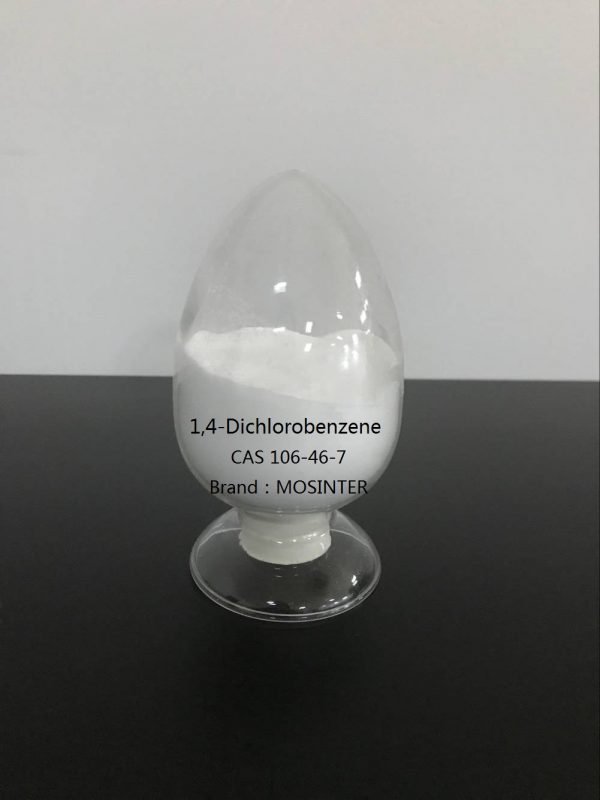
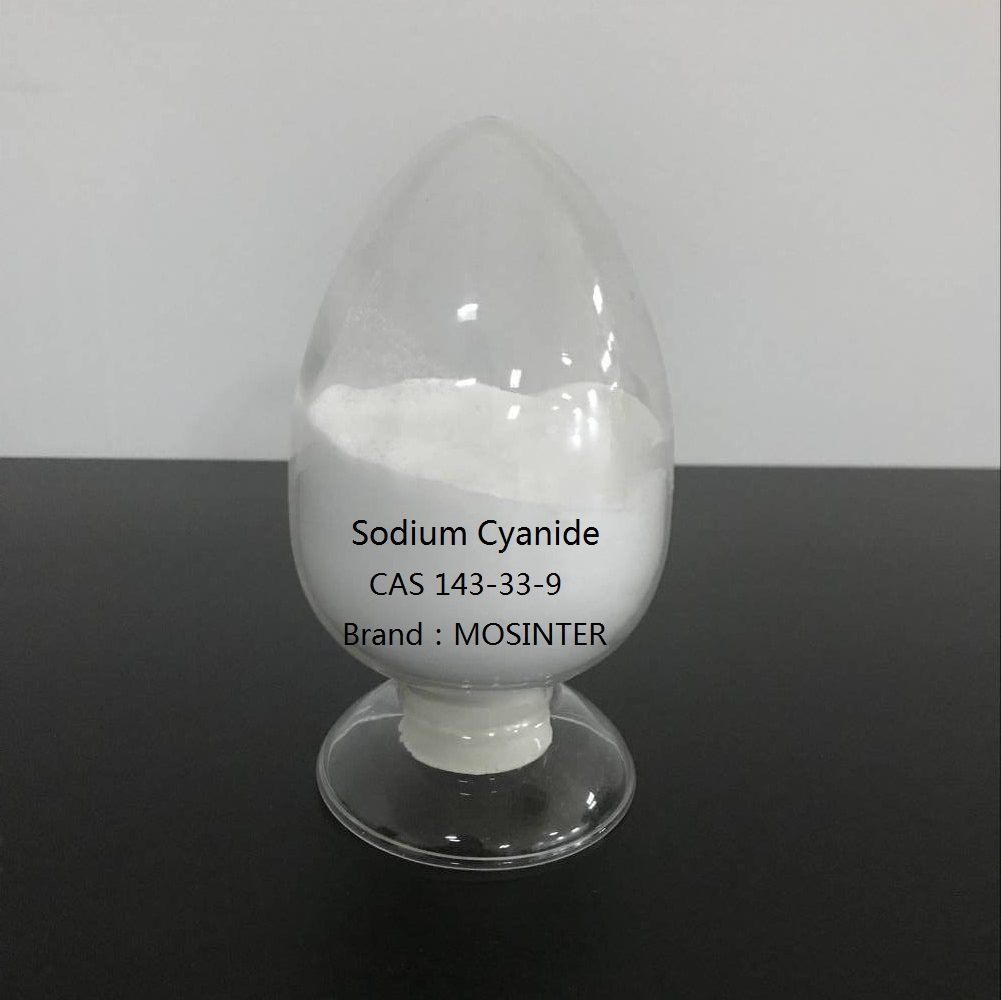
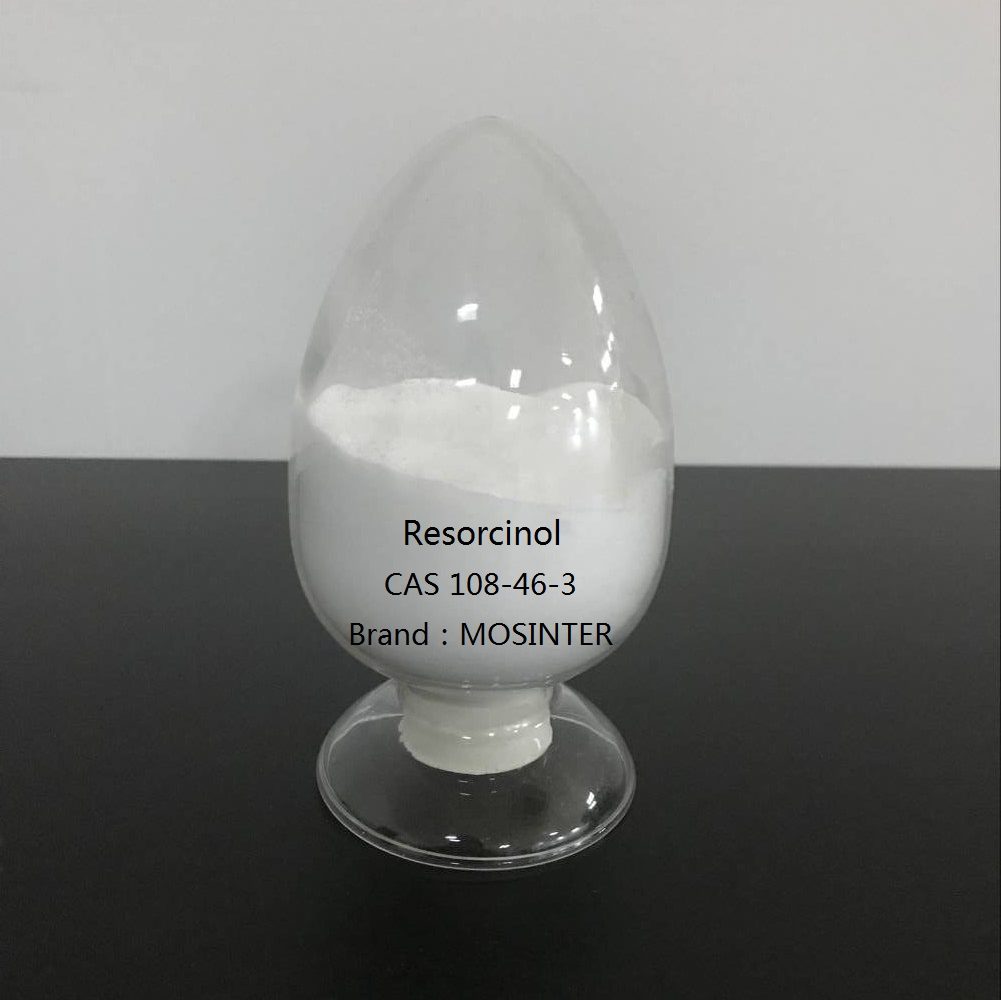
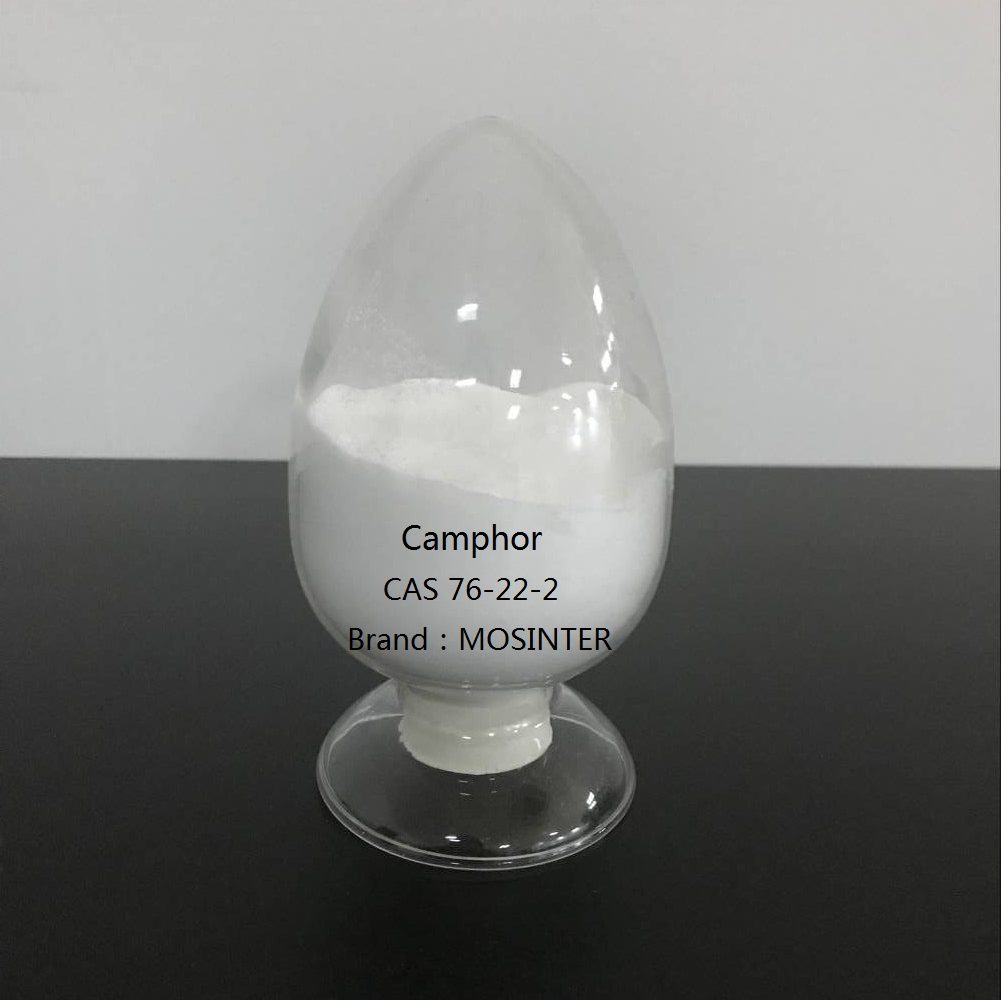
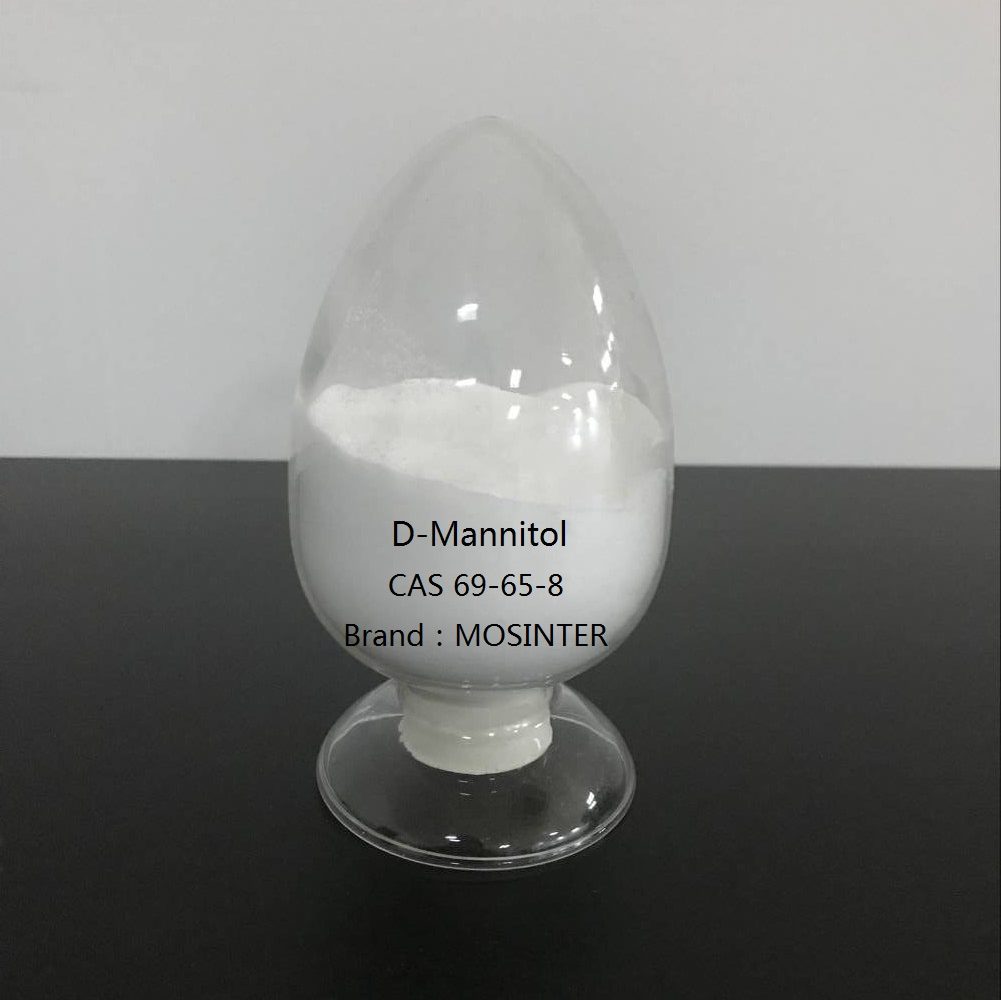
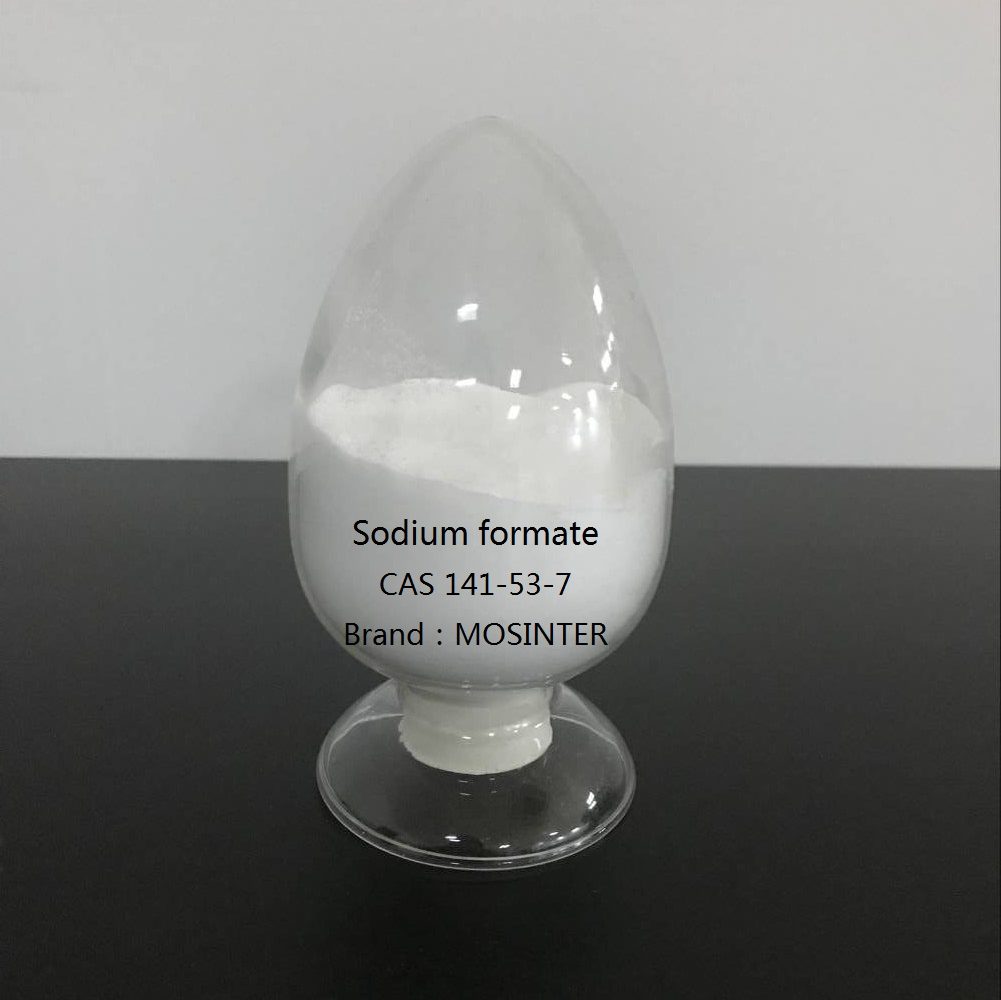
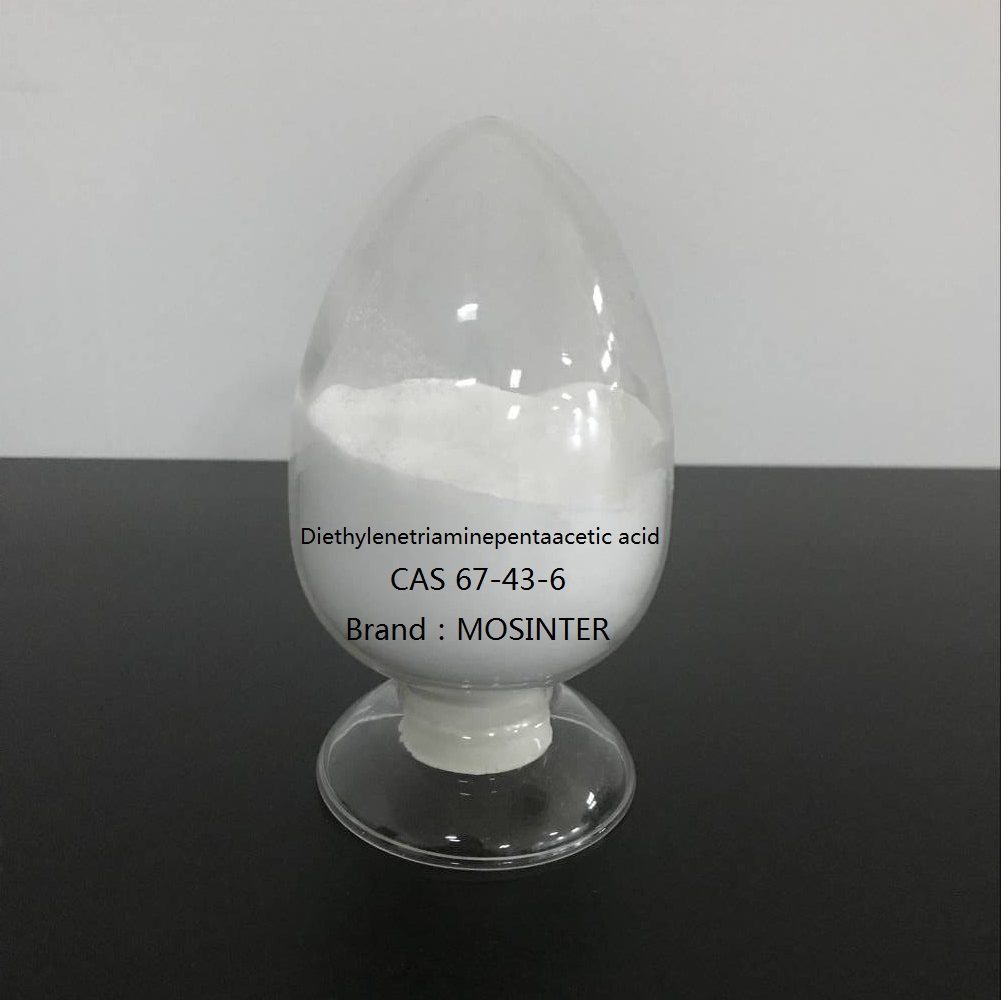
Reviews
There are no reviews yet.